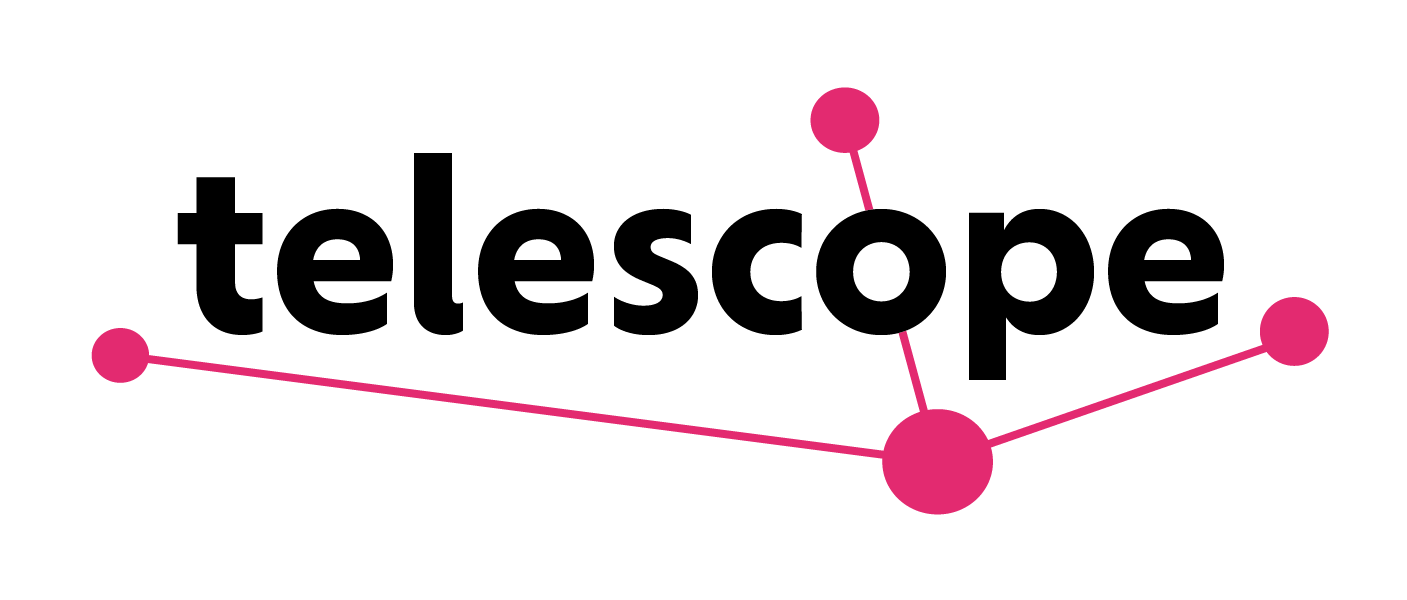Our 2020 Reflections
As 2020 comes to a close, we're reflecting on our work, and in particular on three questions that have come to the fore for us this year.
What do you do when your end user is the planet?
With plans to test out our programmes in the broad sphere of the “green recovery” in 2021, we’ve been speaking to brilliant organisations like Collaborate, the Food Ethics Council, NFYFC, and the exciting new co-design team at Defra to help us delve into some new topics. We’ve learnt a lot about structures and partnerships across the agricultural space, as well as seeing some opportunities for more collaborative approaches between very hard-working groups.
But knowing how to maximise and measure the impact of such a programme is hard. Who are the key policy & frontline stakeholders? What kind of outcomes do we need to look for when the ultimate goal is maintaining a habitable planet whilst creating a just, equitable transition for its inhabitants?
We’ll be working on answers to these questions in the first few months of the year, taking inspiration from blue sky thinking and new ideas for ways of working from across the world. If you have ideas or just find it interesting and want to chat, please do get in touch!
Co-design and collaboration
Language is important in social change. Finding the right shared language can help create an equal platform where members of a group can freely communicate, understand and empathise with each other. So how do we frame our work at Telescope - are we about building collaboration, or fostering co-design? What’s the difference?
As Kelly Ann McKercher of Beyond Sticky Notes explains, the word “co-design” conjures up a sense of true equality, “challenging the imbalance of power often held within select groups of individuals, who make important decisions about others lives, livelihoods and bodies”.
As an organisation, we place significant emphasis on the potential that co-design has to “build new relationships, capability and capacity for boundless curiosity” (Beyond Sticky Notes). We believe in breaking away from the traditional approaches to “engagement”, “consultation” or “involvement”. We believe that detached consultation processes don’t always bring the insights and results that stakeholders on both sides actually need.
Our alignment with co-design principles prompts the question: what language should we be using? Should we describe our work as fostering “collaboration”, “co-design”, or both?
The field of co-design is fascinating, with many exciting new innovations and tests happening across sectors as diverse as farming and housing. In building our programmes, we’ve taken inspiration from Year Here, Beyond Sticky Notes, Nesta, Compassion in Politics - all of whom either explicitly or implicitly draw on co-design principles. And we do believe strongly in giving an “equal say and role” (Nesta, 2013) to all frontline practitioners in public service.
But for us, the choice of the specific word “collaboration” is perhaps even more fundamental. It conjures up suggestions of basic human connection between people. This, we think, is the most important element that our frameworks & facilitation can provide. The first sessions of our programmes are carefully designed to strip away job titles and professional networks (friendly and antagonistic alike) and focus instead on the human behind. What are their values? How do they reflect those of other participants on the programme?
We are keen to keep our language human-focused in this way in order to live out our values of inclusivity and empathy, continuing to level the playing field. At the same time, we will continue to draw on the inspirational ideas and tools of co-design.
What do the words of “co-design” and “collaboration” mean to you? What is the difference, and does it matter? We would love to hear your thoughts!
Policy accelerator
The elevator pitch for Telescope is very familiar to us all now. But it was a call to action when, running through it a few weeks ago on a call with new mentors on the Allia programme, something didn’t quite feel right. This time, our narrative about a “training & development programme” suddenly wasn’t clicking.
As we explained how the programme works, our desired outcomes and how conversations have unfolded between participants, we suddenly saw our programme in a different light.. Are we, in fact, a policy accelerator? As our mentors pointed out, “you aren’t providing training. You’re providing a way to get the work done better.”
It got us thinking. It made sense from a collaboration point of view - as we’ve shown above, we’re heavily focused on the human connection. That’s not “training” in the traditional sense - since as far as our research has shown us, those connections aren’t what civil servants learn while completing their online training videos.
And it made sense from a content point of view. We don’t provide sector-specific content for the programmes - instead, we build a framework for the brilliant insights and conversations our participants bring. In a way, the service design & user-centred tools from which we build our programmes are not part of our training, but more a means to our ultimate end - a more inclusive approach to policymaking which empowers all participants to become changemakers.
So we’re reflecting this Christmas about what this means for our offering, our messaging, and our approach. We want to be action-focused, bringing decision-makers together with people who can provide real insight. And the best way to do that might well be to empower people to become leaders and create change themselves - to create that safe space for real insight & action, so that our policymakers and frontline practitioners have the chance to show to the world what heroic changemakers they truly are.
